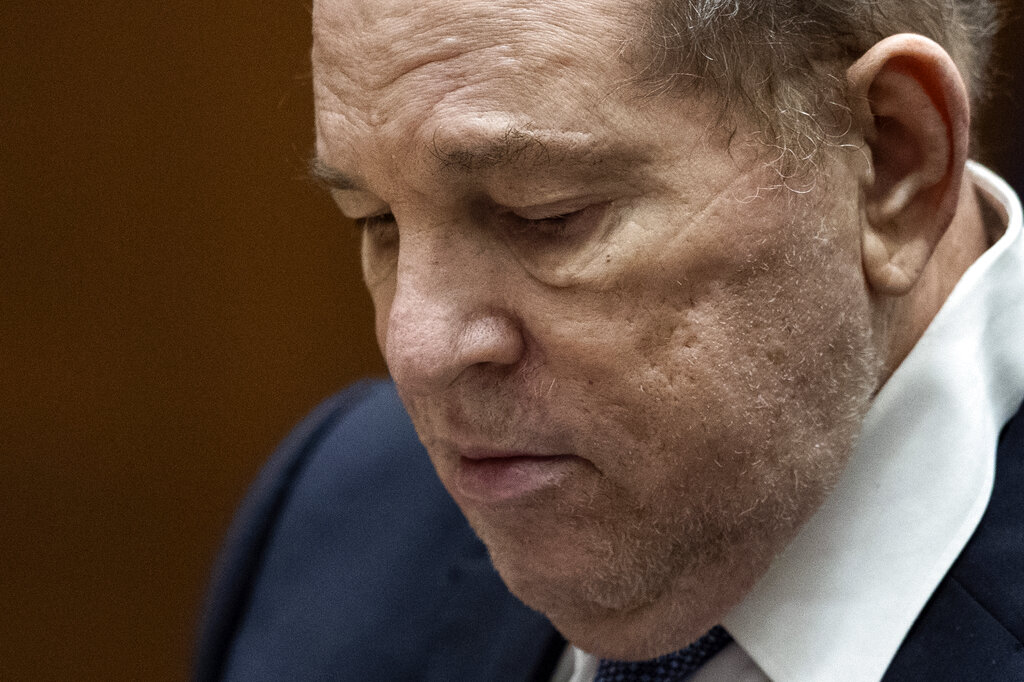Biden’s Next Student Loans Move Could Place Billions More in Debt on Taxpayers
While money has yet to go out the door from President
Joe Biden
‘s $500 billion
student debt transfer
, his next move in the
higher education
sector could have a much more significant impact on both borrowers and taxpayers.
Going forward, Biden’s
Education Department
proposes to cap student loan payments at 5% of a borrower’s income, 0% for some, and, in many cases, to forgive the loans completely after 20 years. The proposal was sharply criticized in an analysis by the Brookings Institution’s Adam Looney.
BIDEN SEEN AS FLIP-FLOPPING ON THE PANDEMIC, AGAIN
“Almost all undergraduate and graduate students will be eligible for reduced payments and eventual forgiveness under the proposal, which makes it effectively untargeted,”
Looney writes
. “Moreover, the amounts borrowers save (and eventually have forgiven) are based largely on the amounts students borrow, which means the benefits are uncapped and disproportionately flow to borrowers with the largest loans.”
The Biden administration’s
proposal
was announced at the same time as the student loans bailout but received far less attention, likely because it affects future borrowers rather than current ones and does not take effect until January.
As proposed, borrowers would pay back no more than 5% of what the administration deems “discretionary” income, and anyone earning less than 225% of the federal poverty level — roughly $30,578 for a single borrower or $62,438 for a family of four — would not have to make payments at all. Any remaining student loan balance would be forgiven after 20 years.
“The changes mean that most undergraduate borrowers will expect to only repay a fraction of the amount they borrow, turning student loans partially into grants,” writes Looney, a nonresident senior fellow at the prominent think tank. “It’s a plan to reduce the cost of college, not by reducing tuition paid, but by offering students loans and then allowing them not to pay them back.”
The changes would go into effect in 2023, though they will be subject to public comment first — a process that has been
getting more attention
from conservative activists of late.
The analysis estimates that 85% of borrowers would be eligible for reduced payments, and 70% might expect to have debt forgiven after two decades. Students enrolling in less successful programs and those who end up earning less would see the biggest benefit, and loans would only be repaid at roughly 50 cents on the dollar on average, creating an incentive to take out the maximum amount.
The White House and Department of Education did not respond to questions from the Washington Examiner about the proposal.
More than $100 billion in additional loans could be taken out every year under the program, and any amounts forgiven would fall on taxpayers.
“Want a free ride to college? You can have one, but only if you study cosmetology, liberal arts, or drama, preferably at a for-profit school,” Looney writes, adding that the proposal “eliminates the last remaining policy with any teeth that keeps predatory schools out of the loan program.”
Richard Painter, a University of Minnesota law professor and the chief ethics lawyer for President George W. Bush from 2005 to 2007, describes the idea as the worst of all worlds.
“It has all the moral hazards of a socialized system, without the rationing of a socialized system,” he said. “Under Biden’s system, you’ll have people going to programs where they won’t succeed, won’t generate any income, there will be a huge shortfall, and taxpayers will pay for someone going to low-end schools.”
As with the student loan bailout, there is the question of whether the Biden administration has the legal authority to act without Congress. The Supreme Court has taken a
narrower view
of executive authority in recent years. But the biggest problem may be the downstream effect the plan could have on the ever-rising
costs of higher education
and its ultimate return on investment.
CLICK HERE TO READ MORE FROM THE WASHINGTON EXAMINER
“It just sounds like free money,” Painter said. “And, of course, the higher education industry is going to eat this up. But my question is whether students are really getting a worthwhile education that will allow them to earn a higher income than they would otherwise.”
" Conservative News Daily does not always share or support the views and opinions expressed here; they are just those of the writer."





